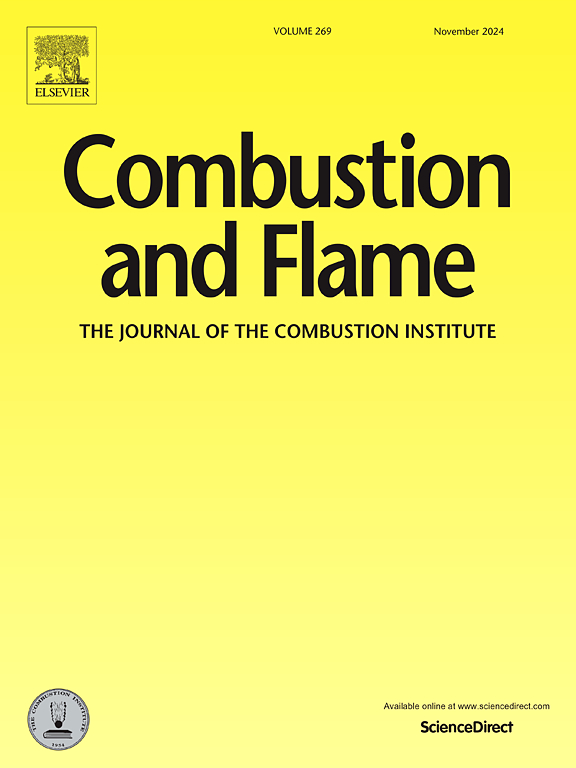Visualization and modelling study of reaction and heat transfer during gasification of single coal/char particle on slag wall
IF 5.8
2区 工程技术
Q2 ENERGY & FUELS
引用次数: 0
Abstract
The part of particles inside gasifier is captured by the slag wall and then reacts on the wall. However, the reaction of coal particles on the slag wall surface is very complex and the corresponding mechanism has not been revealed systematically. The CH* distribution can be used to characterise the area of reaction of the coal particles for the devolatilization, and the time of devolatilization of the coal particles in the furnace can be assessed. In this study, the CH* releasing and temperature two-dimensional distribution of single coal/char particle on slag and non-slag walls during gasification were visualized using a high-speed camera with bandpass filters. Moreover, the particle temperatures were calculated by shrinking core model to explore the effect of the slag wall surface on the heat transfer of the particles and the reaction process. The results show that the particles are subjected to heat conducted by slag, accelerating heating, enhancing CH* release, and shortening gasification time. The calculated particle temperatures closely matched experimental values, indicating precise temperature predictions. Based on the variation of CH* peak intensity versus time, coal particle gasification was divided into preheating, volatile components releasing, and coal char reaction stages. For volatile components releasing stage, CH* peak intensity was mainly depended on particle temperature, which can be estimated from CH* intensity. For the coal char reaction stage, the change of particle temperature versus carbon conversion is consistent with the exponential function model.
求助全文
约1分钟内获得全文
求助全文
来源期刊

Combustion and Flame
工程技术-工程:化工
CiteScore
9.50
自引率
20.50%
发文量
631
审稿时长
3.8 months
期刊介绍:
The mission of the journal is to publish high quality work from experimental, theoretical, and computational investigations on the fundamentals of combustion phenomena and closely allied matters. While submissions in all pertinent areas are welcomed, past and recent focus of the journal has been on:
Development and validation of reaction kinetics, reduction of reaction mechanisms and modeling of combustion systems, including:
Conventional, alternative and surrogate fuels;
Pollutants;
Particulate and aerosol formation and abatement;
Heterogeneous processes.
Experimental, theoretical, and computational studies of laminar and turbulent combustion phenomena, including:
Premixed and non-premixed flames;
Ignition and extinction phenomena;
Flame propagation;
Flame structure;
Instabilities and swirl;
Flame spread;
Multi-phase reactants.
Advances in diagnostic and computational methods in combustion, including:
Measurement and simulation of scalar and vector properties;
Novel techniques;
State-of-the art applications.
Fundamental investigations of combustion technologies and systems, including:
Internal combustion engines;
Gas turbines;
Small- and large-scale stationary combustion and power generation;
Catalytic combustion;
Combustion synthesis;
Combustion under extreme conditions;
New concepts.
 求助内容:
求助内容: 应助结果提醒方式:
应助结果提醒方式:


